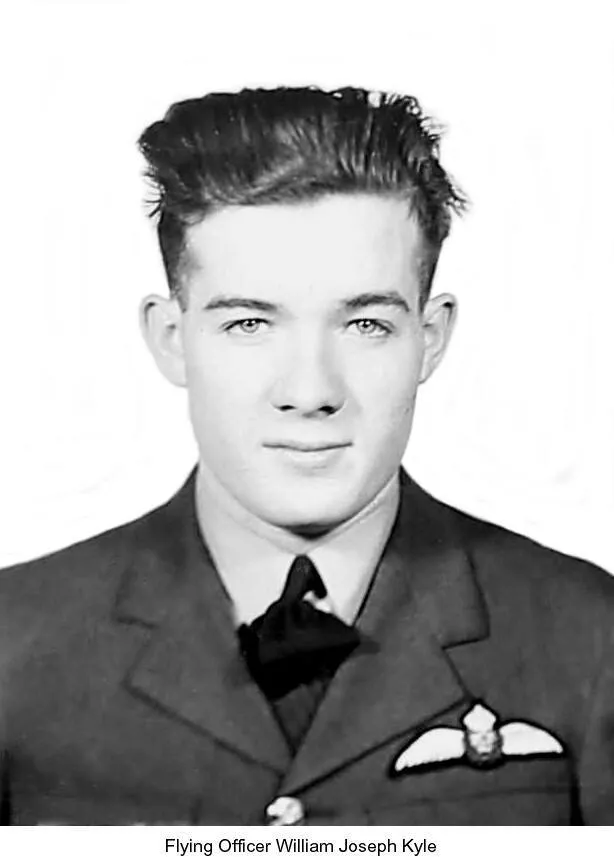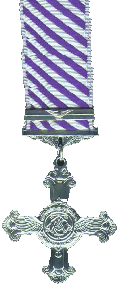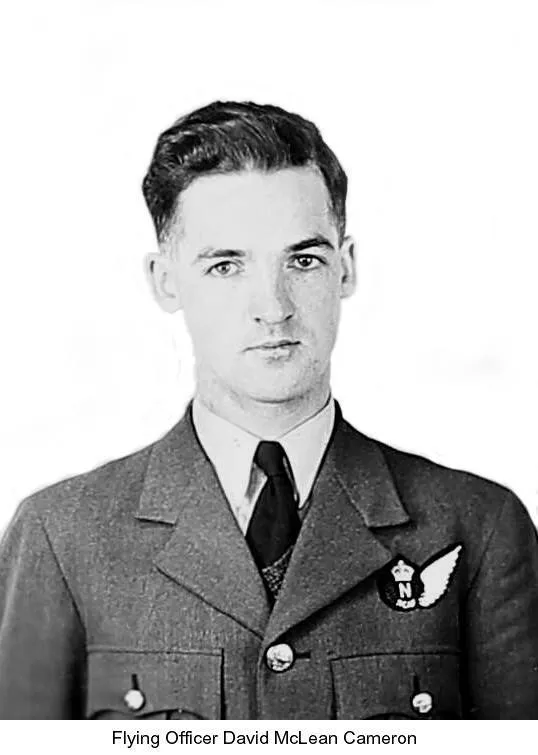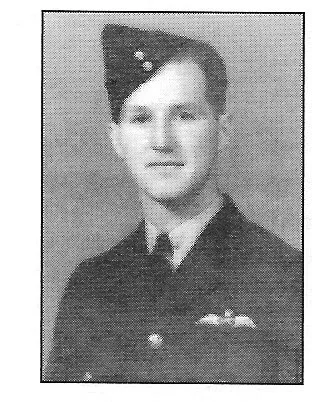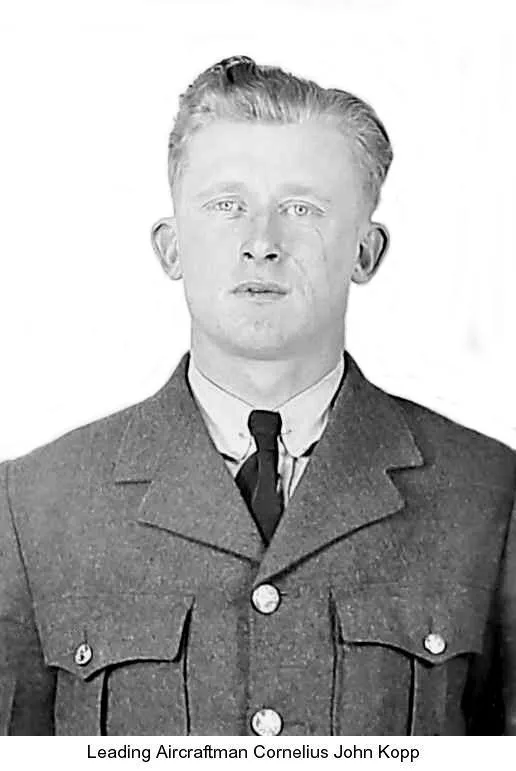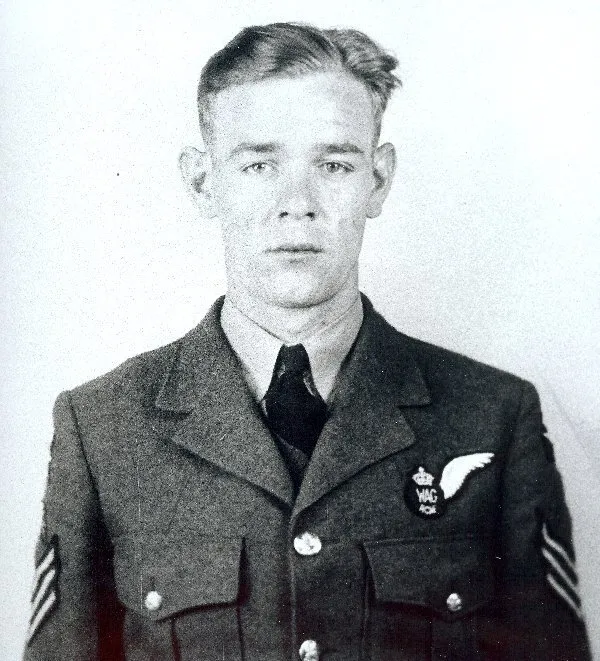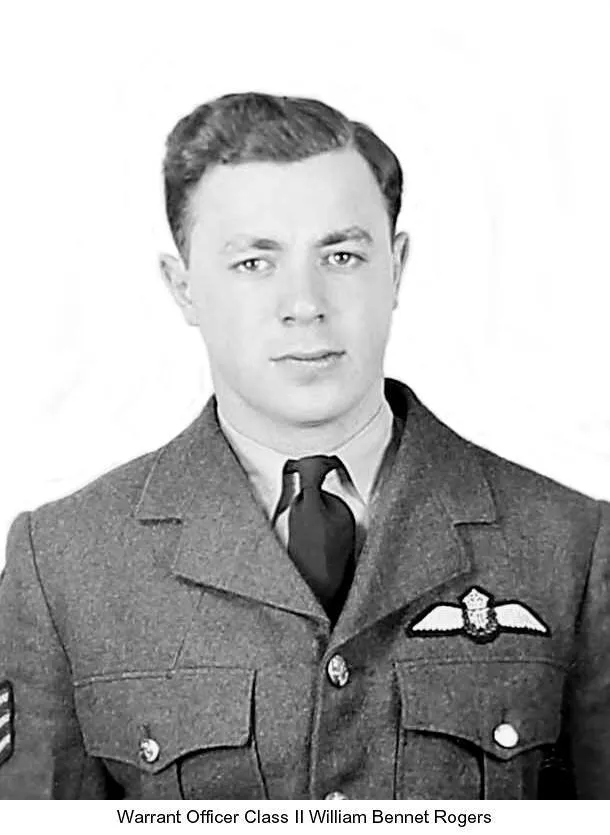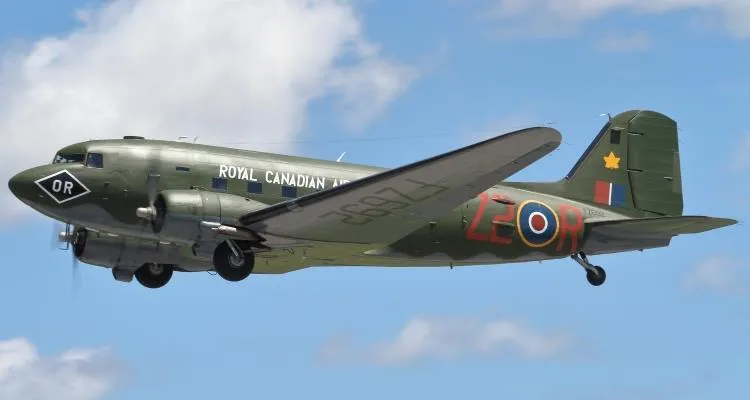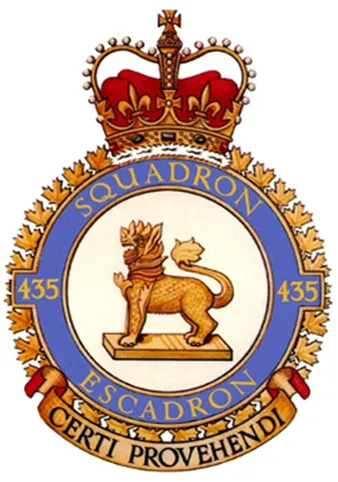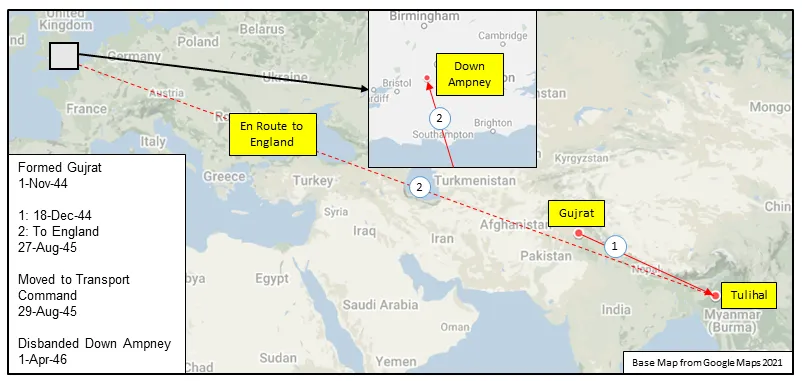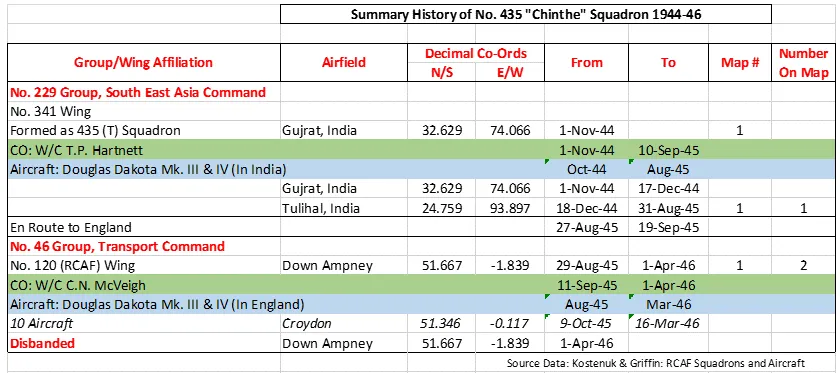Douglas C-47 Dakota
Canadian Warplane Heritage Museum
Development of the Douglas DC-3 started in early 1935 with the prototype flying by the end of the year. The first production aircraft was delivered to American Airlines in July 1936 and soon orders were pouring in from US and overseas airlines. The US Air Corps became interested in the DC-3 and ordered a military version, called the C-47 or Dakota. It had many capabilities, including dropping paratroops and supplies, evacuating the wounded, troop transportation and glider towing. Eventually, about 10,000 C-47s were built for the US military.
During WW II, the Royal Air Force received about 1,930 Dakotas and they became the RAF's main wartime transport aircraft. The RCAF took delivery of its first Dakota in March 1943, and at its peak had 169 on strength. Within Canada, they were operated by four transport squadrons and several ferry squadrons.
Overseas, Dakotas equipped RCAF 437 Squadron in Europe and RCAF 435 and 436 Squadrons in South East Asia. 437 Squadron was formed in England September 1944, where it supported the British and Canadian Armies fighting in Europe. Its most important actions involved glider towing for the airborne landings at Arnhem and the Rhine crossing at Wesel.435 and 436 Squadrons were formed in India in October 1944. They flew Dakotas in support of the British 14th Army in Burma where they dropped supplies to the British troops fighting the Japanese in the jungle.
At the end of WW II, all three squadrons were transferred back to England to provide air transport for the Canadian occupation forces in Germany. Dakotas continued in service with the Canadian Armed Forces until 1989, when 402 Squadron, based in Winnipeg, retired the last of them. Of the nearly 13,000 DC-3s built, many are still in service today, over 75 years after the aircraft's first flight.
The Museum's Dakota was built for the USAAF and was delivered to the Royal Air Force in February 1944 as FZ692 and the Royal Canadian Air Force 437 Squadron in September 1944. It was later renumbered as 12945 as part of the Canadian Armed Forces where it served with 424 Squadron for Search & Rescue at CFB Trenton. It performed JATO ignition in flight at the 1970 Canadian National Exhibition Air Show on the Toronto waterfront.
After it was struck off strength by the Canadian Armed Forces in 1973, the aircraft ended up with Environment Canada, where it was used for mineral and environmental surveys. C-GRSB was donated to the Canadian Warplane Heritage Museum in May 2014.
FZ692 has been restored to the paint scheme it would have worn at the end of World War II with 437 Squadron RCAF. FZ692 flew 208 operational trips with 437 Squadron and 16 with 233 Squadron for a total of 224. It ended up flying hundreds of individual legs between airfields in Europe. FZ692 participated in two major airborne operations, Normandy and the Rhine Crossing. It carried 298 casualties to medical aid and repatriated 456 prisoners of war. It carried over 5,100 passengers to destinations around Europe and carried over two hundred tons of freight (414,368 lbs).
CWHM
 C-47 Skytrain
C-47 Skytrain
 Wikipedia C-47 Skytrain
Wikipedia C-47 Skytrain
 Harold A Skaarup Web Page
Harold A Skaarup Web Page
 CWHM Flightlines
CWHM Flightlines
 Canada Aviation Museum Dakota Overview
Canada Aviation Museum Dakota Overview
 Dakota Maintenance Manual
Dakota Maintenance Manual
435 Sqn Certi Provehendi ("Chinthe")
History of the Squadron during World War II (Aircraft: Dakota III, IV)
No. 435 was the 34th RCAF squadron formed overseas in WWII. It was the 3rd transport squadron and the second formed in India. It was inaugurated on November 1 1944 at Gujrat, Punjab, India  . Based in Tulihal, Manipur, India
. Based in Tulihal, Manipur, India  from 18 December 1944, it flew Dakota aircraft in support of the British 14th Army in northern Burma. After cessation of hostilities in the Far East, the squadron relocated to Down Ampney, Gloucestershire, UK
from 18 December 1944, it flew Dakota aircraft in support of the British 14th Army in northern Burma. After cessation of hostilities in the Far East, the squadron relocated to Down Ampney, Gloucestershire, UK  , where it provided transport services in Britain and Europe for Canadian units. It was finally disbanded at Down Ampney on April 1, 1946.
, where it provided transport services in Britain and Europe for Canadian units. It was finally disbanded at Down Ampney on April 1, 1946.
Overall, in Burma the squadron flew 15,681 sorties, airlifted 27,460 tons of freight, 14,000 passengers and 851 casualties. An additional 1018 sorties were flown in England. Casualties were 3 aircraft, 9 aircrew and 6 passengers killed, 2 aircrew and 13 passengers injured. Awards gained by the squadron were 1 MBE, 1 DFC, 1 AFCs and 1 MiD. Battle Honour was Burma 1944-45Wikipedia, Kostenuk and Griffin
Maps for Movements of 435 Squadron 1944-46
MAP 1: 435 Squadron Movements 1944-46 (right-click on image to display enlarged in new tab)
435 Squadron History Summary 1944-46
History of the Squadron Post-WWII (Aircraft: Dakota, Boxcar, Hercules)
No. 164 (Transport) Squadron was created on 23 January 1943 at Moncton, New Brunswick  . The squadron flew Lodestar and Dakota aircraft on East Coast transport duty. It was the RCAF’s premier transport squadron and the cornerstone of the peacetime Air Transport Command. It provided trained aircrew as the nuclei of other transport units. On 1 August 1946 it was divided into two units, one at Dartmouth, Nova Scotia and one at Edmonton, Alberta
. The squadron flew Lodestar and Dakota aircraft on East Coast transport duty. It was the RCAF’s premier transport squadron and the cornerstone of the peacetime Air Transport Command. It provided trained aircrew as the nuclei of other transport units. On 1 August 1946 it was divided into two units, one at Dartmouth, Nova Scotia and one at Edmonton, Alberta  . The Dartmouth squadron become No. 426 (T) Squadron and the Edmonton detachment was re-designated 435 (Transport) Squadron. It flew Douglas Dakota IV aircraft until 1952, then re-equipped with the Fairchild C-119G Flying Boxcar. The squadron relocated a few miles north to RCAF Station Namao
. The Dartmouth squadron become No. 426 (T) Squadron and the Edmonton detachment was re-designated 435 (Transport) Squadron. It flew Douglas Dakota IV aircraft until 1952, then re-equipped with the Fairchild C-119G Flying Boxcar. The squadron relocated a few miles north to RCAF Station Namao  in 1955. From 1960, it flew Lockheed Hercules C-130B, and from 1966 the Hercules C-130-E. Due to the Chrétien government's budget cuts and the resultant closure of the airfield at CFB Edmonton, the squadron was moved to 17 Wing Winnipeg
in 1955. From 1960, it flew Lockheed Hercules C-130B, and from 1966 the Hercules C-130-E. Due to the Chrétien government's budget cuts and the resultant closure of the airfield at CFB Edmonton, the squadron was moved to 17 Wing Winnipeg  in 1994. It was re-designated '435 Transport and Rescue Squadron' on 1 May 1995. The squadron is now based at 19 Wing, Comox, British Columbia
in 1994. It was re-designated '435 Transport and Rescue Squadron' on 1 May 1995. The squadron is now based at 19 Wing, Comox, British Columbia  . 435 Squadron is the only Air Force squadron equipped and trained to conduct air-to-air refuelling of fighter aircraft in support of operational and training activities at home and abroad. The CC-130 Hercules tanker is a key asset for the Canadian NORAD Region in its mission to defend Canada and the United States against aerial threats that originate outside or within North American airspace. The Squadron has been operating the tankers in support of fighter operations since 1992.
. 435 Squadron is the only Air Force squadron equipped and trained to conduct air-to-air refuelling of fighter aircraft in support of operational and training activities at home and abroad. The CC-130 Hercules tanker is a key asset for the Canadian NORAD Region in its mission to defend Canada and the United States against aerial threats that originate outside or within North American airspace. The Squadron has been operating the tankers in support of fighter operations since 1992.
For additional details see
 RCAF Government website
RCAF Government website
.
